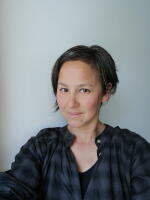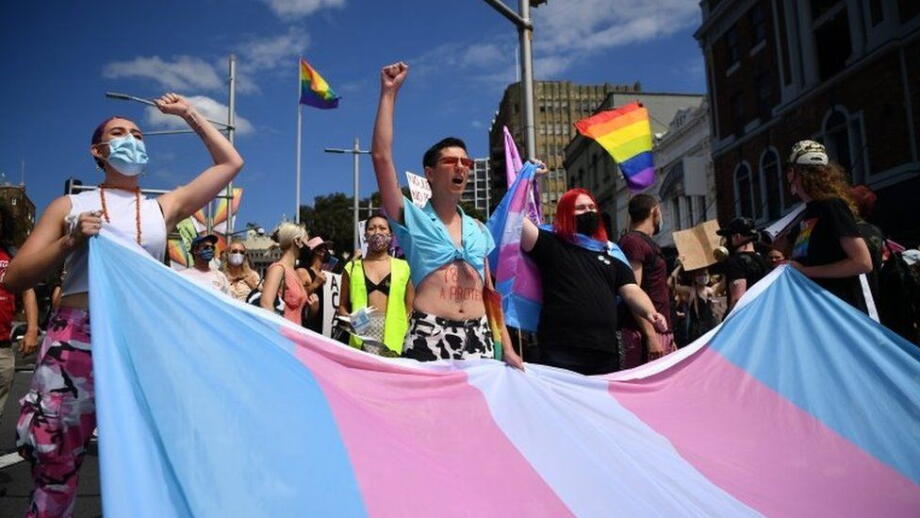Using data from 62 countries, we explore how women’s and men’s gendered self-views differ across cultures by examining how binary gender gaps in communal and agentic self-views vary with both objective and subjective country-level measures of egalitarianism
By: Michelle Ryan et al
Posted on
Overview
How do women’s and men’s gendered self-views differ across cultures? Different perspectives offer competing answers to this question. On one hand, social role theory argues that binary gender gaps in self-views should be larger in less egalitarian countries, reflecting these countries’ more pronounced vertical and horizontal gender segregation of occupational and social roles.
On the other hand, evolutionary and self-construal theorists suggest gender gaps in gendered self-views should be larger in more egalitarian countries, reflecting the greater autonomy and flexible self-construction processes enjoyed in these countries.
Here, using data from 62 countries, we test these competing hypotheses by examining how binary gender gaps in communal and agentic self-views vary with both objective and subjective country-level measures of egalitarianism.
Contact
You may also like
Sex wars and TERF wars
An increasing number of people identify as feminists, but there is disagreement about whom and what feminism should be fighting for.
Gender expectations, socioeconomic inequalities and definitions of career success
Higher Education is generally regarded as a pathway to career opportunities, and research shows that students' expectations of their career success while they are studying are an important predictor of their motivation and educational success. But, there is a lack of understanding about how students define career success, and identities and how personal characteristics, like race, gender and sexuality, intersect with these ideas of what success looks like
"Fitting in whilst standing out"
Professional British women of African, Asian, and Caribbean ethnicities contend with unique challenges and experiences in the workplace. These challenges are often due to experiences that occur at the intersection of gender and ethnic identity, thus many professional white British women, do not face the same challenges.




